What is a Diet Diary and Why Should You Keep One?
A diet diary, also known as a food journal, is a diary to help you record everything you eat and drink. This diary can track your calorie intake, macronutrient consumption, and overall nutritional habits.
Then, why should you keep a diet diary?
- Keeping a diet journal holds you accountable for your food choices.
- By recording your meals and snacks, you can notice that you tend to overeat when stressed or reach for sugary snacks in the afternoon.
So, you should be consistent and honest when using this food journal. Don’t forget to review it regularly to understand your diet pattern and areas of improvement.
 Printable Food Journal Diary
Printable Food Journal Diary

 Printable Food and Exercise Log Journal
Printable Food and Exercise Log Journal

 Journal Food Diary Template Printable
Journal Food Diary Template Printable

 Printable Journal Pages Templates
Printable Journal Pages Templates

 Printable Food Journal Weight Loss
Printable Food Journal Weight Loss

 Printable Weekly Food Journal Template
Printable Weekly Food Journal Template

 Daily Calorie Counting Diary
Daily Calorie Counting Diary

 Food Allergy And Food Intolerance Symptom Tracker
Food Allergy And Food Intolerance Symptom Tracker


What to Include in a Diet Diary?
- Food and Beverages
- Write down everything you consume throughout the day, including meals, snacks, and drinks. Be sure to include portion sizes and any condiments or toppings.
- Time and Location
- Note the time of day when you eat or drink something, as well as where you are. This can help you identify triggers for unhealthy eating habits.
- Emotions and Hunger Levels
- Record how you were feeling before and after eating, as well as your level of hunger. This can help you identify emotional eating patterns.
- Physical Activity
- Document your exercise routine, including the type of activity, duration, and intensity. This can help you see how your diet and exercise habits are interconnected.
- Water Intake
- Staying hydrated is essential for overall health and can also help curb cravings.
- Sleep
- Goals and Reflection
- Set realistic goals for yourself and reflect on your progress regularly. Make note of any challenges you face and brainstorm strategies to overcome them.
How to Reflect on Your Eating Habits Using a Diet Diary?
- After keeping a diet journal for a week or two, take some time to review your entries. Do you tend to snack mindlessly while watching TV? Do you reach for sugary treats when you're stressed? Identifying these patterns can help you understand why you make certain food choices and how to break unhealthy habits.
- Once you have a better understanding of your eating habits, it's time to set some realistic goals for improvement. Use the information from your diet journal to identify areas where you can make healthier choices.
- Continuing to keep a diet journal can help you stay accountable for your goals. Review your entries regularly and make adjustments as needed. Share your progress with a friend or family member for added support. Remember, it's okay to indulge in treats occasionally, but moderation is key.
How to Use a Diet Diary to Monitor Food Intolerances or Allergies?
- Begin by choosing a format for your diet journal.
- Record everything you eat and drink, including portion sizes and any ingredients. Be as detailed as possible.
- Make note of any symptoms you experience, such as bloating, stomach cramps, or skin rashes. Note the time of day when symptoms occur.
- After a few days or weeks of recording, review your diary to look for patterns. For example, do you notice that you always experience bloating after eating dairy products?
- Consider eliminating suspected trigger foods from your diet for a period of time to see if your symptoms improve.
- If you are unsure about which foods may be causing your symptoms, consider consulting a healthcare professional or a dietitian for further guidance.
Digital vs. Physical Diet Diaries: Which is Right for You?
Benefits of a Digital Diet Diary
- Convenience: One of the main advantages of a digital diet journal is the convenience it offers. With just a few taps on your smartphone or tablet, you can easily log your meals and snacks wherever you are. This makes it easier to stay consistent with your tracking, even when you are on the go.
- Accuracy: Digital diet diaries often come with built-in features that can help you track your calorie intake more accurately. Some apps even have a barcode scanner that allows you to quickly input the nutritional information of the food you're eating.
Benefits of a Physical Diet Diary
- Tangible Record: For some people, having a physical diary where they can write down their meals can be more satisfying and effective. There's something about putting pen to paper that can help with mindfulness and accountability.
- Personalization: With a physical diary, you have the freedom to customize it to your liking. You can add motivational quotes, stickers, and even drawings to make the experience more enjoyable and personalized.
So, which option is right for you? The choice between a digital or physical diet journal comes down to personal preference and what works best for you.
Because we understand that everyone has different preferences when it comes to tracking their diet. That's why our diet diary templates can be used as both digital and physical diet journals to help you stay on track with your diet program. Whether you prefer the ease of a digital journal or the simplicity of pen and paper, we have you covered. So, make the choice that feels right for you, and start seeing the results you desire!
More printable images tagged with:
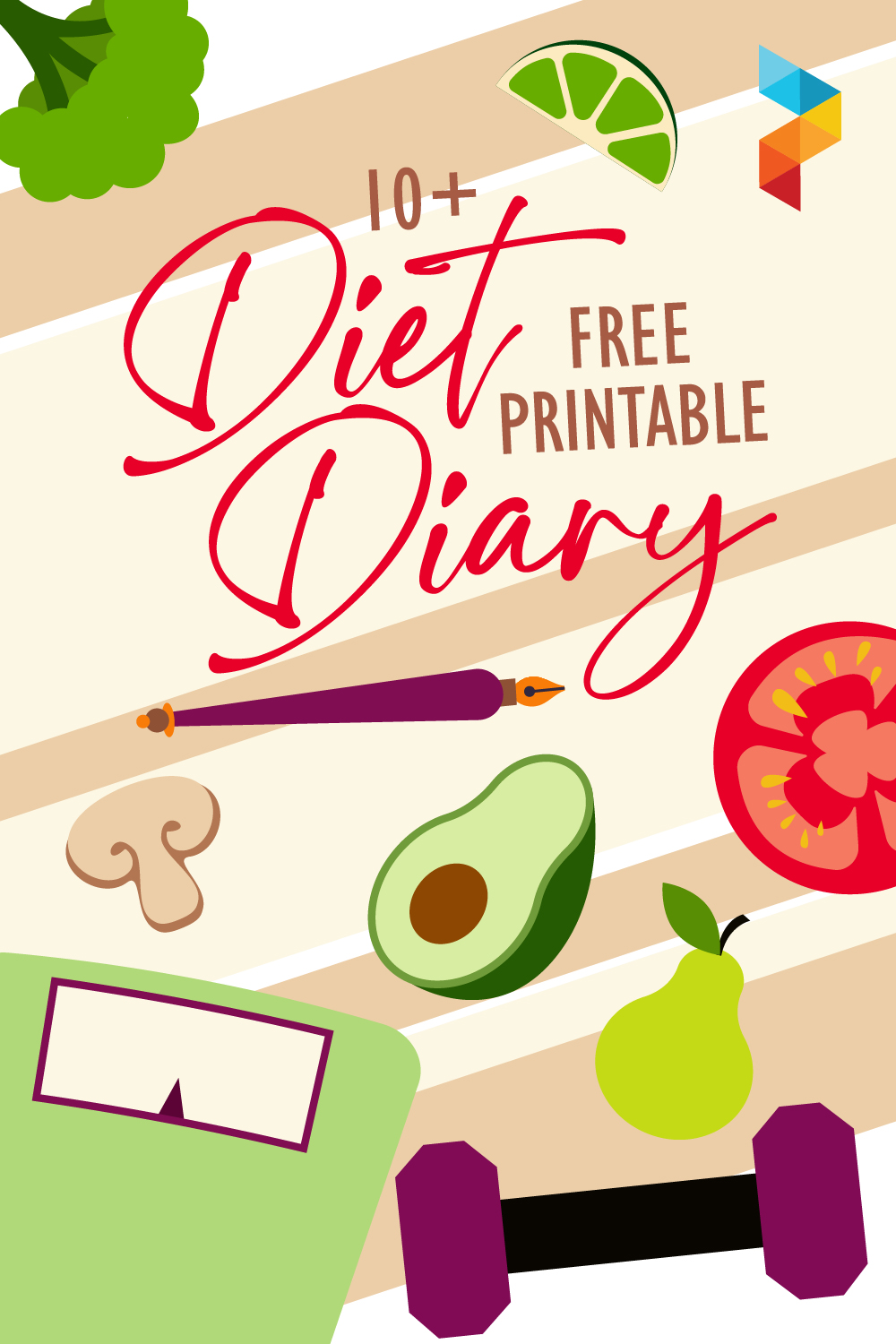
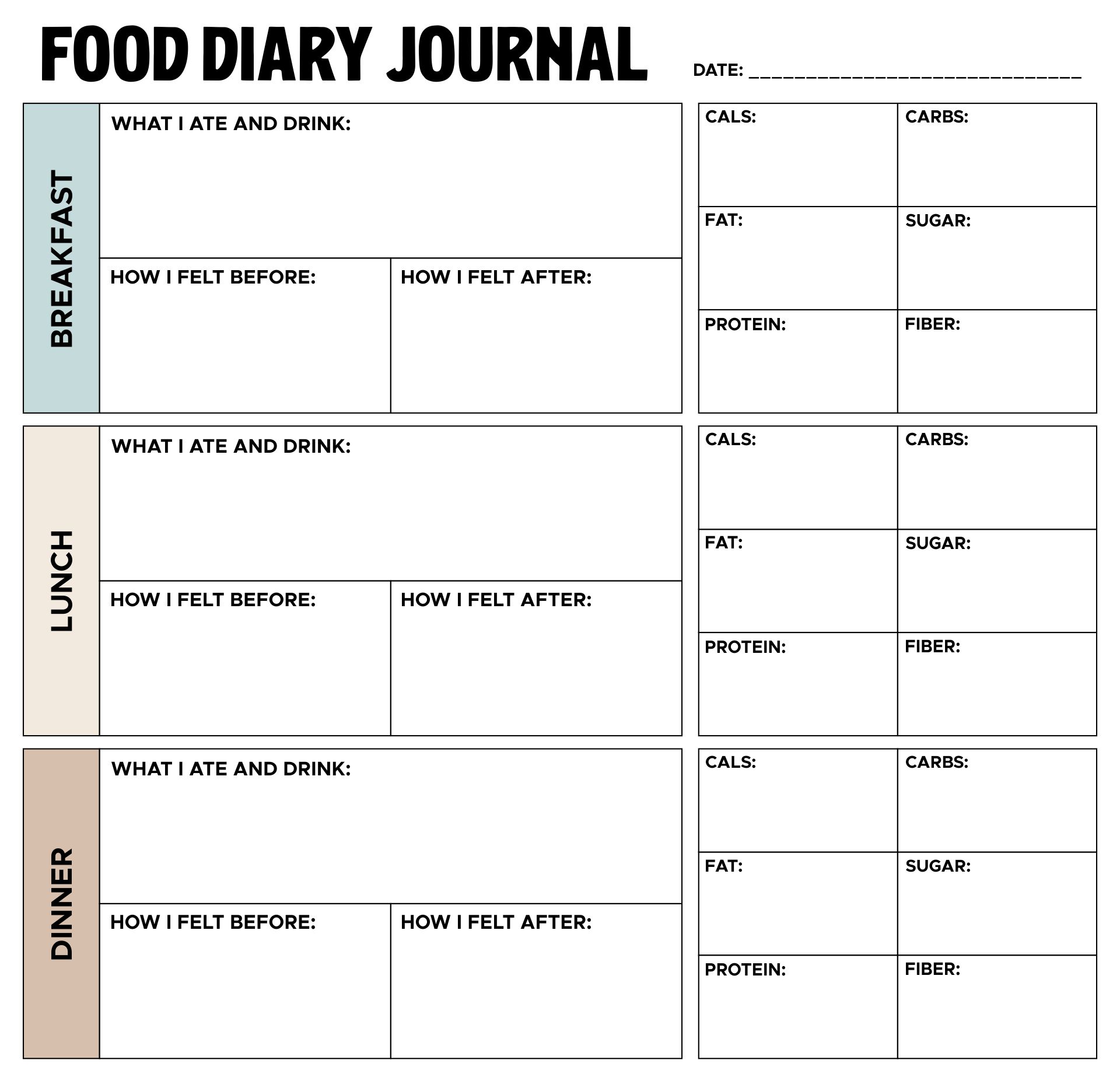
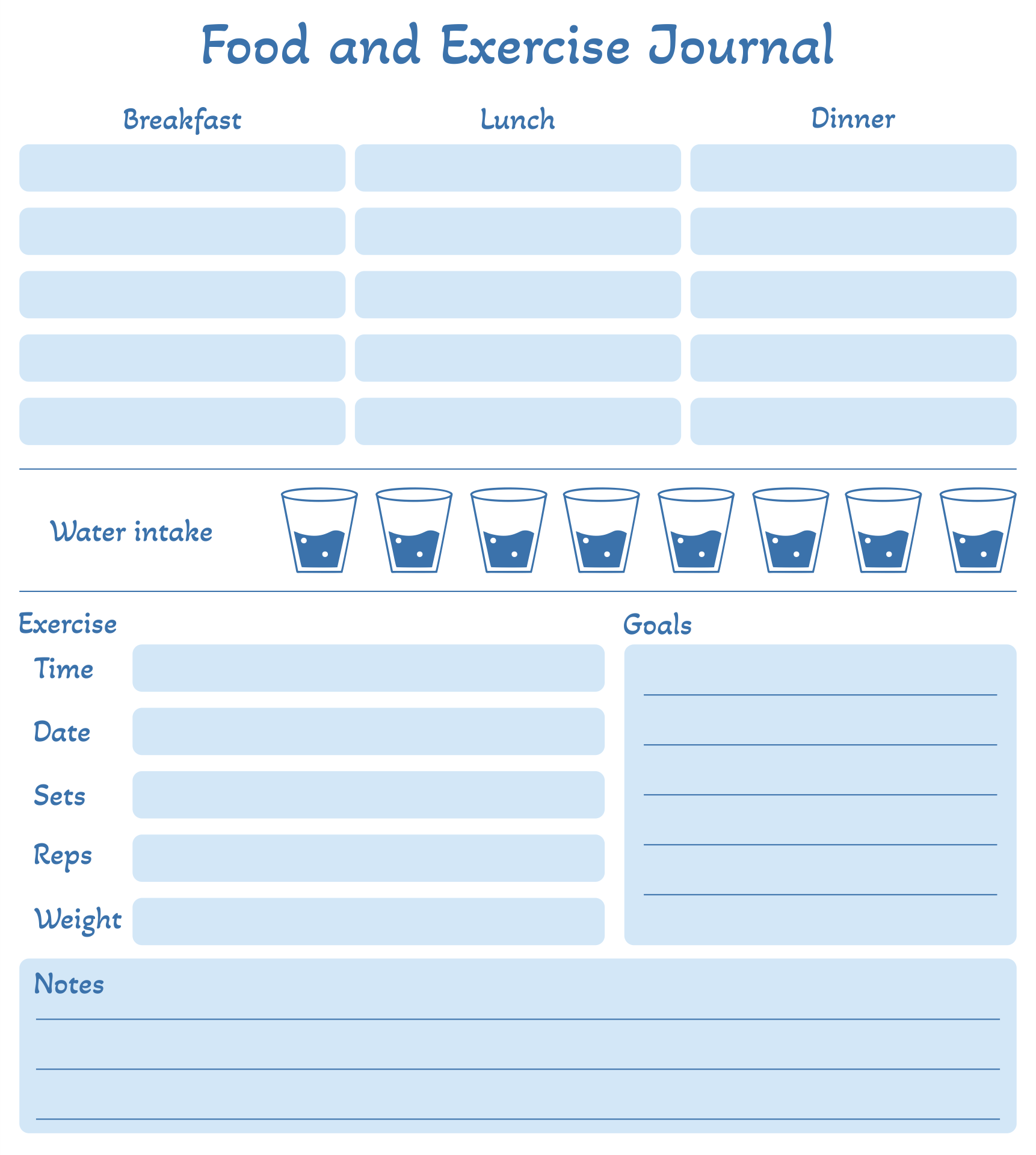
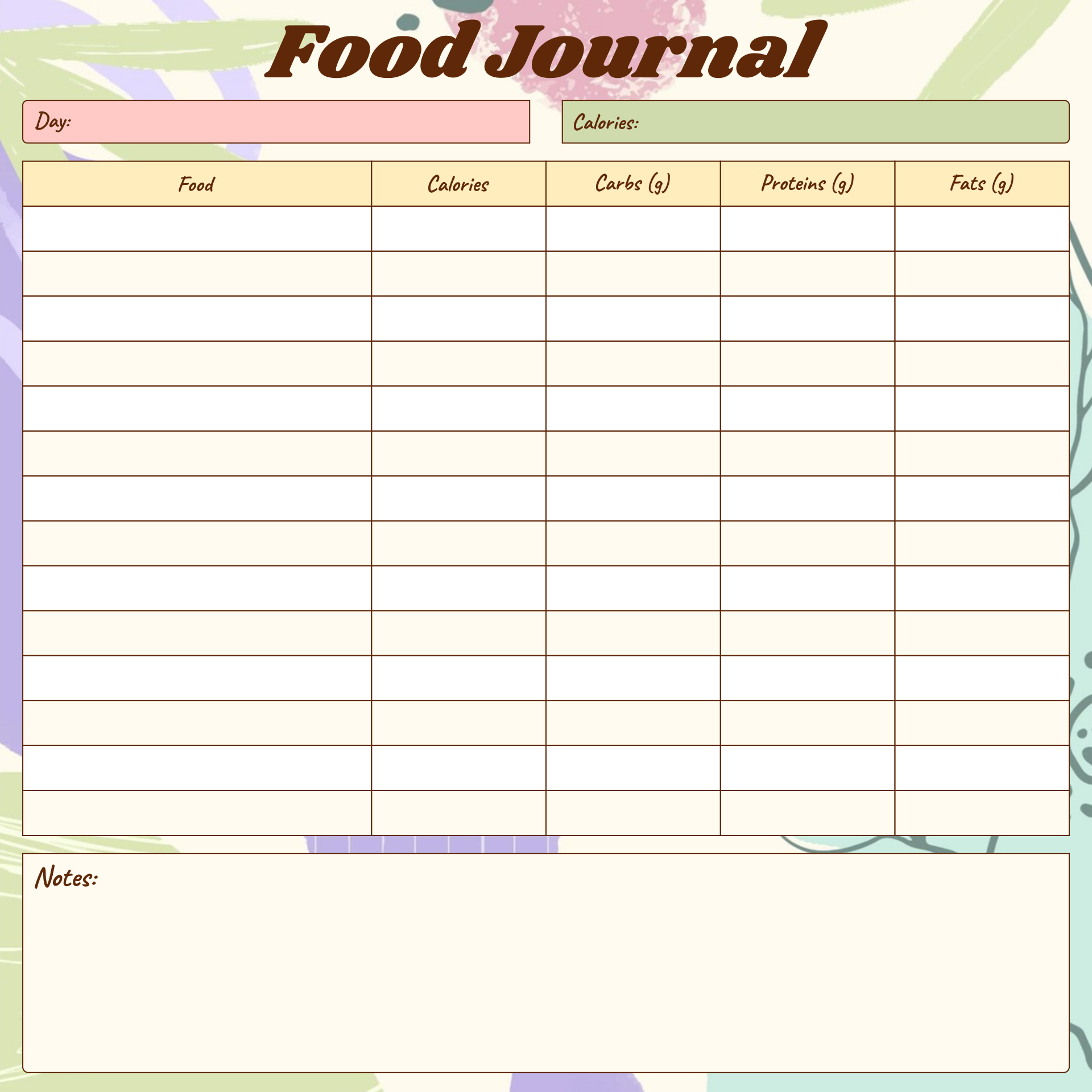
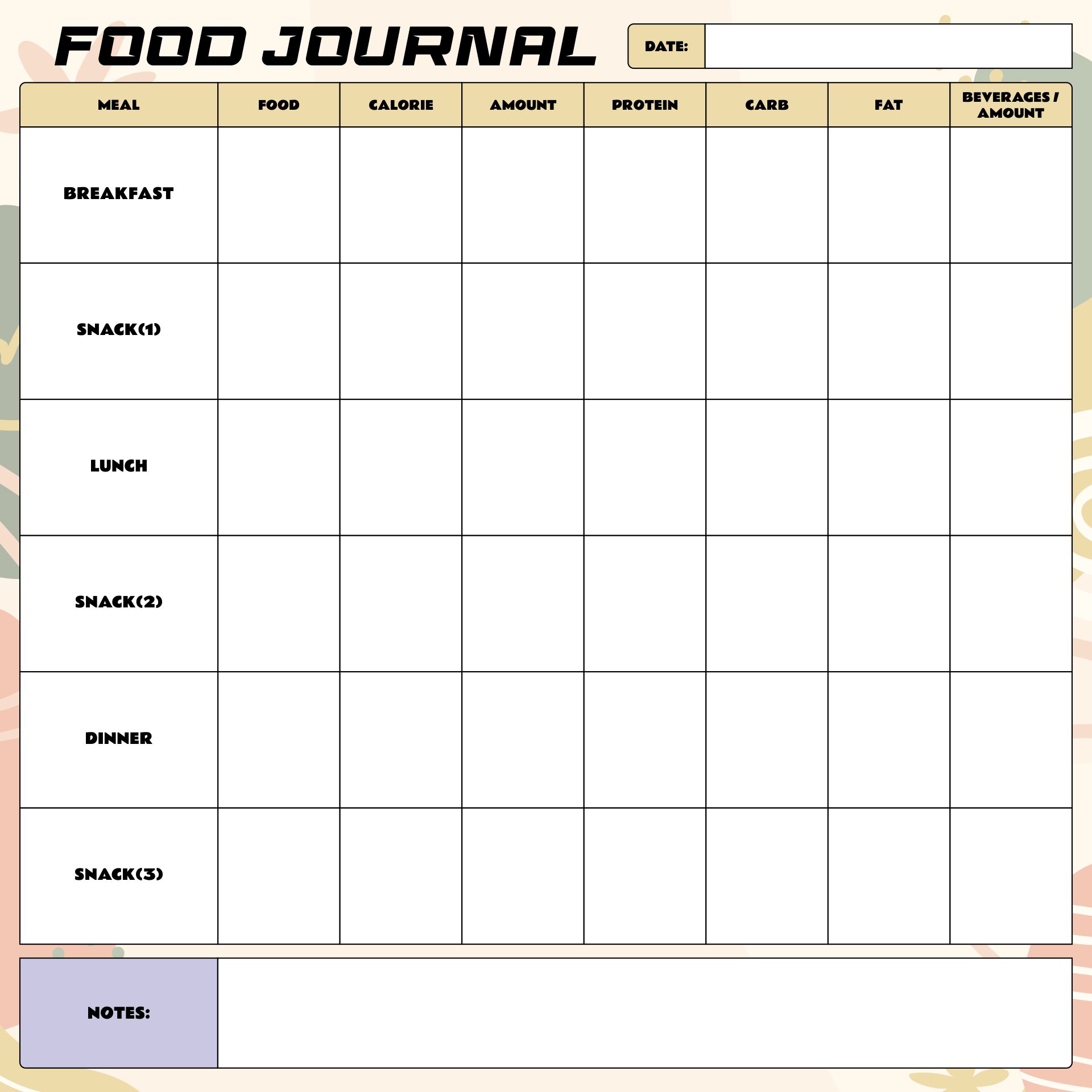
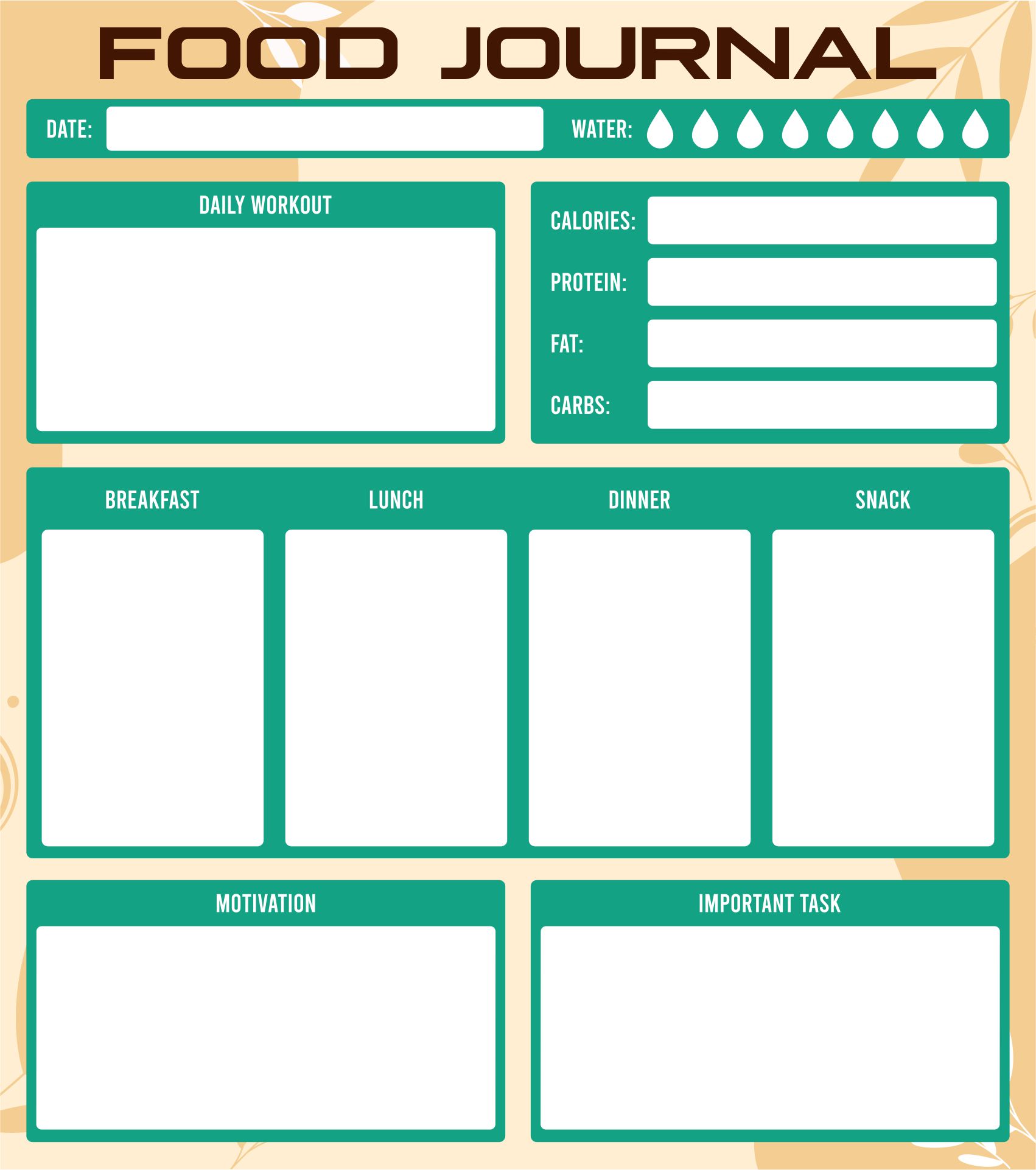
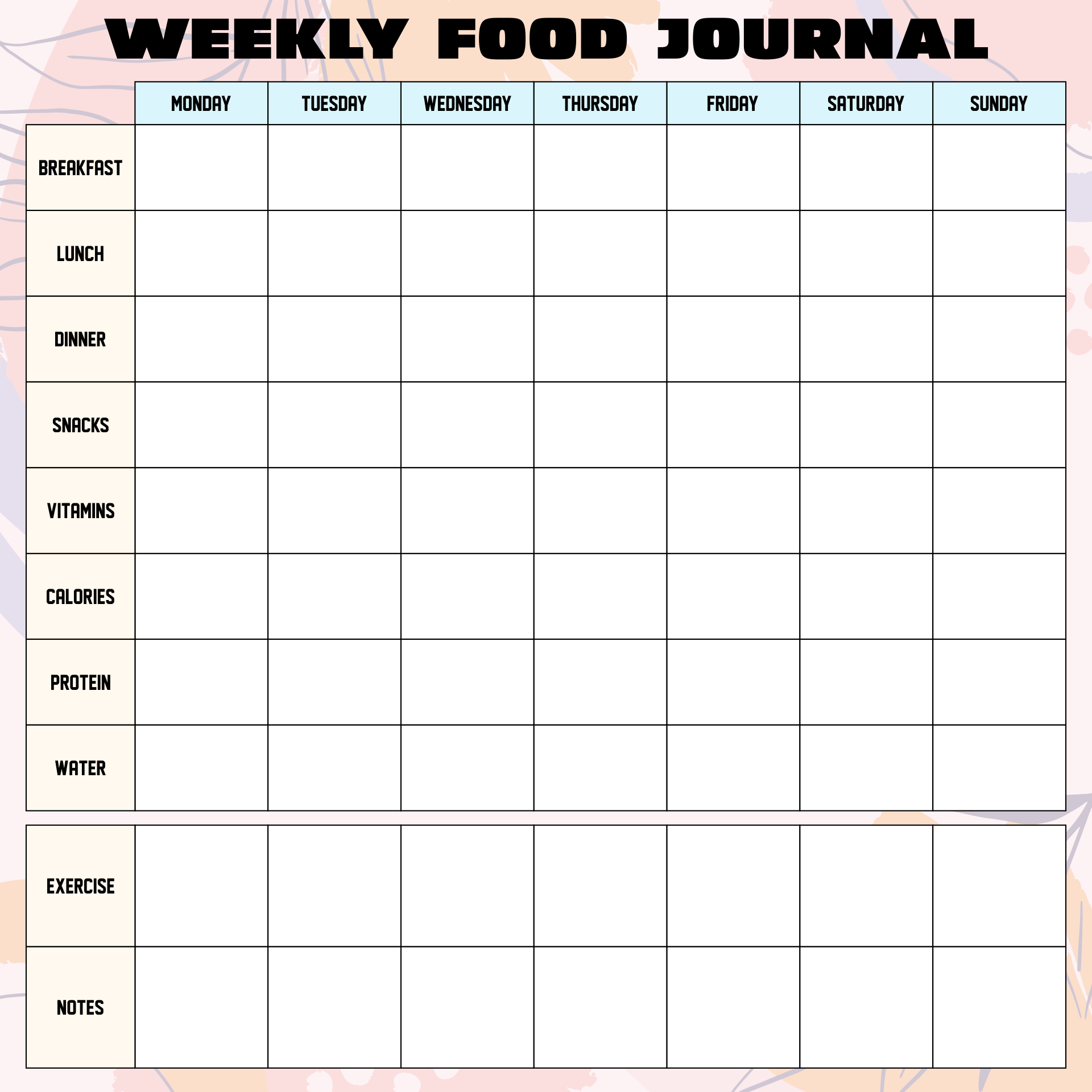
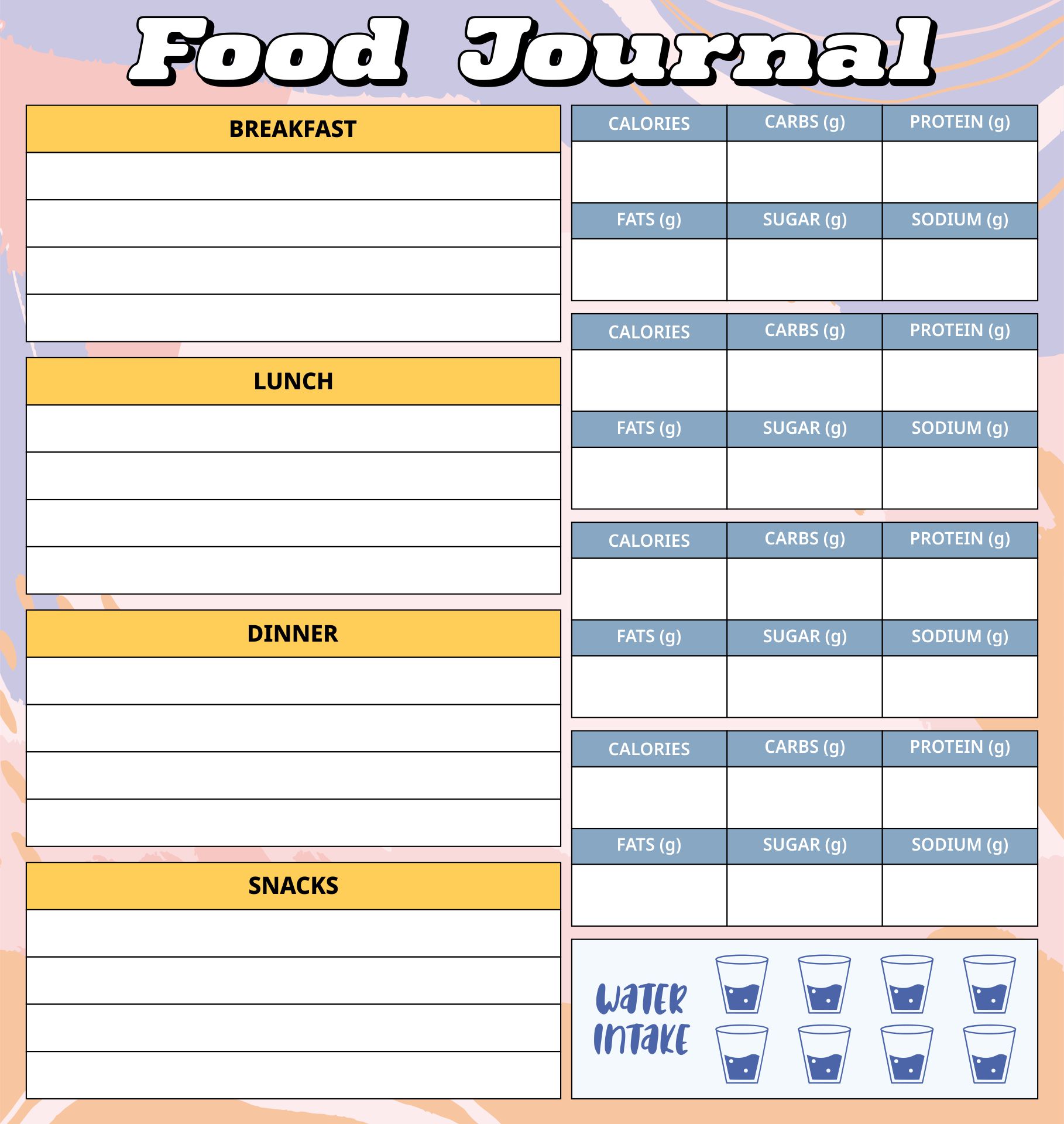



Have something to tell us?
Recent Comments